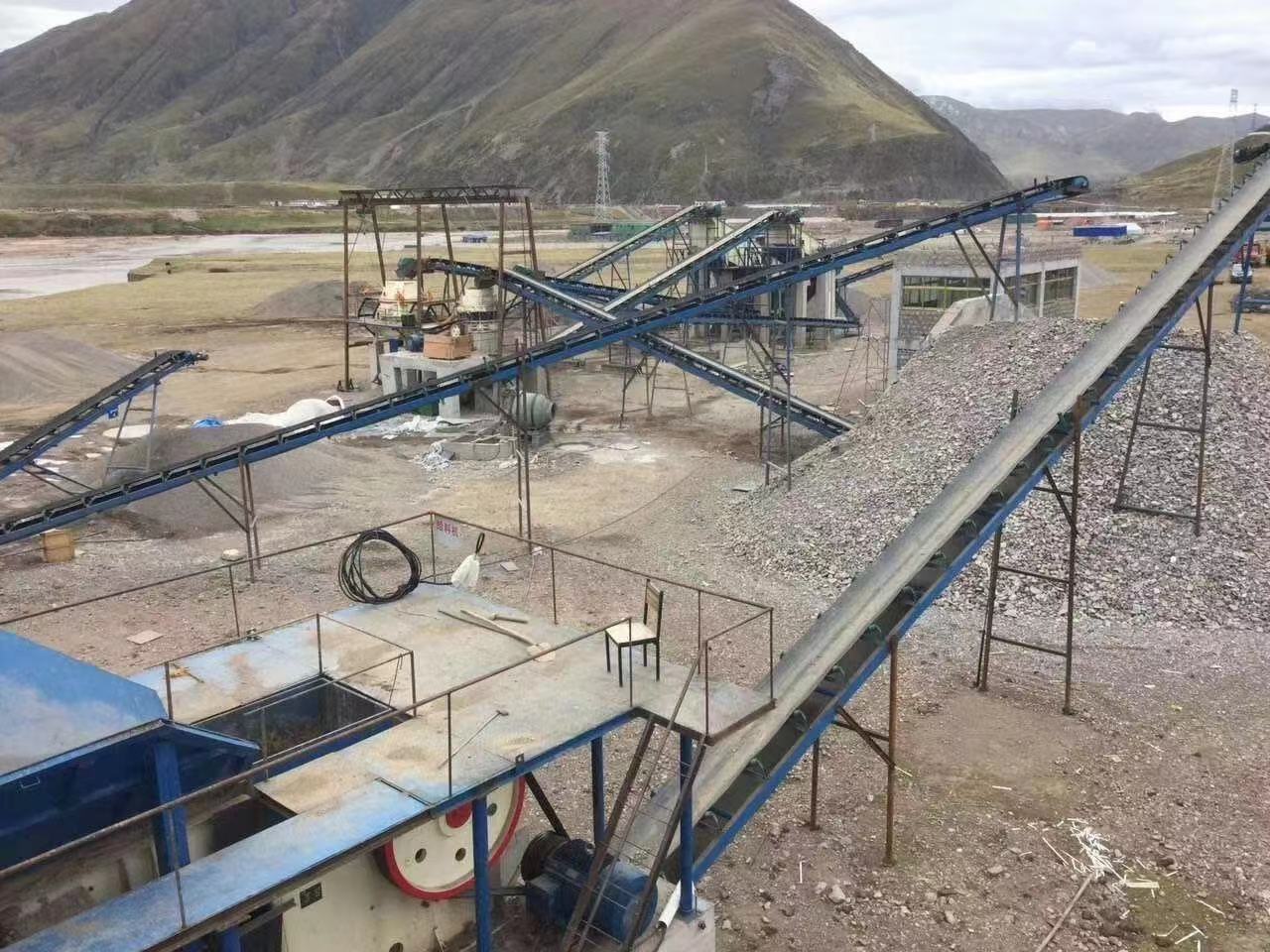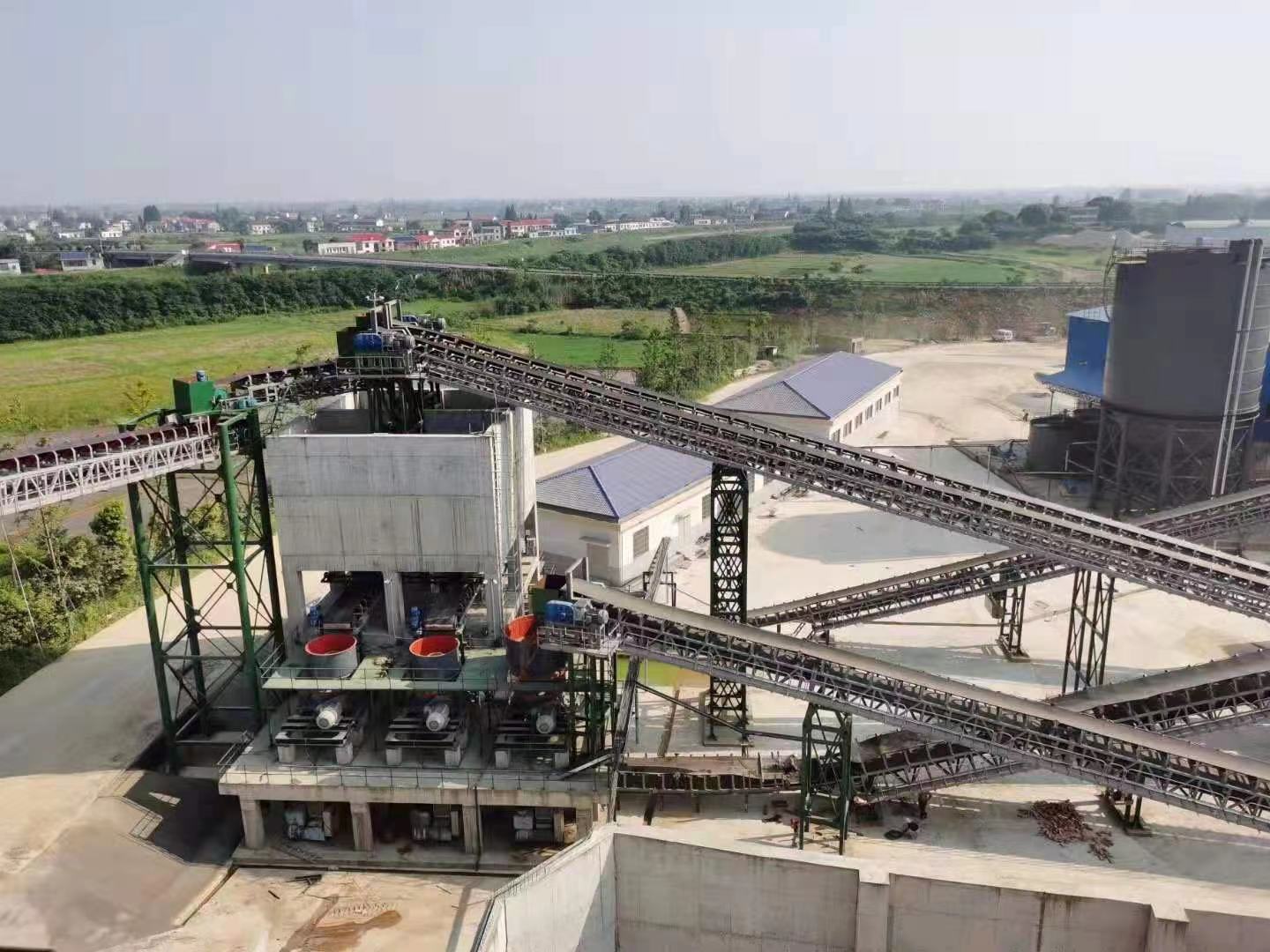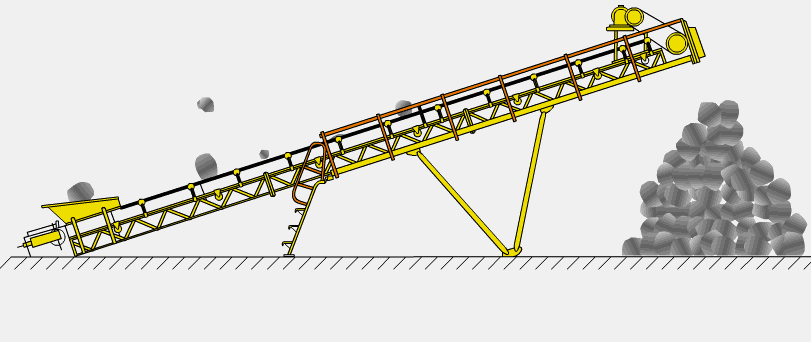



A belt conveyor, also known as an adhesive tape conveyor, is a mechanical device that continuously transports materials using the principle of friction transmission. It primarily consists of a frame, conveyor belt, idlers, rollers, tensioning devices, and transmission mechanisms. Belt conveyors can operate in ambient temperatures ranging from -20°C to +40°C, with the temperature of the conveyed material below 50°C. They can transport both bulk materials and finished goods. In industrial production, they also serve as a link between production equipment, enabling continuity and automation of production processes, improving efficiency, and reducing workload. Belt conveyors can be customized in length and configuration to meet the needs of various production line layouts.

1. Multiple belt conveyor models: The conveyor belt can be driven by either a motorized roller or a belt drive. Depending on the conveying process requirements, it can be used alone, in combination with multiple units, or conjunction with other conveying equipment to form a horizontal or inclined conveying system.
2. Simple Structure: The simple structure and standardized components allow for quick maintenance and operation, and the lightweight frame makes assembly and disassembly very easy.
3. High Capacity: The conveyor belt utilizes the friction transmission principle, delivering high capacity, long conveying distances, smooth conveying, and low energy consumption.
4. High Adaptability: The conveyor belt can operate within an ambient temperature range of -20°C to 40°C, and can convey material temperatures up to 50°C, providing high adaptability and flexibility in conveying routes.
A belt conveyor primarily consists of two end rollers and a closed conveyor belt tightly fitted over them. The roller that drives the conveyor is called the drive roller; the other roller, which merely redirects the belt's motion, is
called the bend roller. The drive roller is driven by a motor through a reduction gear, and the conveyor belt is dragged by friction between the drive roller and the belt. The drive roller is typically installed at the discharge end to increase traction and facilitate drag. Material is fed from the feed end, falls onto the rotating conveyor belt, and is transported by friction from the belt to the discharge end.

Copyright 2025 Zhengzhou Rongde Machinery Equipment Co., Ltd. Sitemap